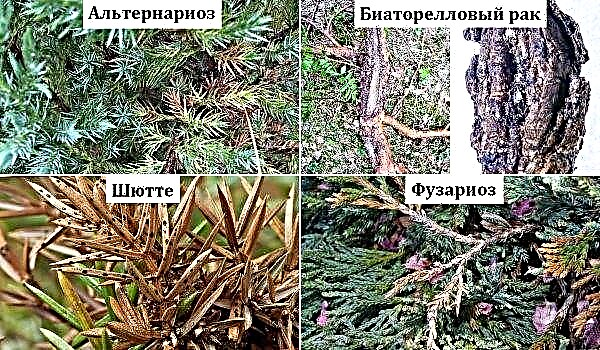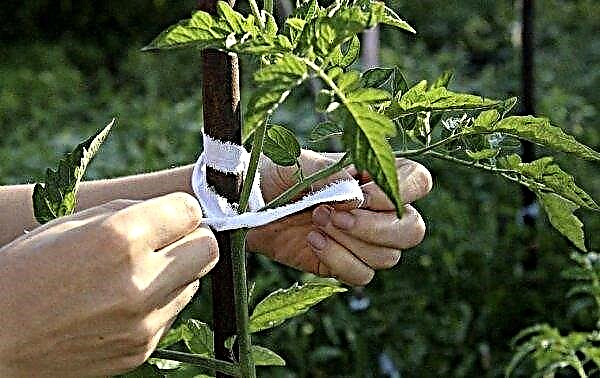It is expected that in 2019-2020. global sugar production will be less than the previous year.
The U.S. Department of Agriculture (USDA) estimates global sugar production in the 2019-2020 season at approximately 174.1 million tons, or 3.2% less than in 2018-2019.
Washington experts still expected 180.7 million in May. The Ministry justified the expected decline in production, mainly due to the significantly lower sugar consumption in India, which is expected to be only 29.3 million tons in 2019-2020 from -for the limitation of area and a possible decrease in average productivity. it will be a decline of 5 million tons year on year.
India will lose the status quo as the world's largest sugar producer back to Brazil, for which production of 29.4 million tons of sugar is projected, which is only 100 thousand tons lower than the previous year.
 Every year over 110 million tons of sugar are produced in the world.
Every year over 110 million tons of sugar are produced in the world.
However, Brazil expected 32.0 million tons of sugar in May. The downward correction has justified experts with an increase in the processing of sugarcane into ethanol; sugar content will be only 35%. In this regard, experts lowered their forecast for sugar exports to the South American country by 2.2 million tons to 18.6 million tons; it will be the lowest level in twelve years.
The third largest sugar producer in the world is the “traditional” European Union. For the Community, the US Department of Agriculture expects sugar production in the current campaign to be 17.9 million tons; it will be 100 thousand tons more than in the previous year, but 1.6 million tons less than previously expected.
- A spokesman for the Brazilian Ministry of Agriculture said China would not extend certain sugar import tariffs.
- Extremely high yields were shown by sugar beets grown by Altai farmers.
- In Ukraine, only the company SESVanderHave is engaged in the cultivation and production (processing) of seeds of sugar beet Belgian breeding.
- In crops of sugar beets in the Vinnitsa, Poltava, Khmelnitsky regions, 2-12% of plants revealed a variety of rot lesions.












